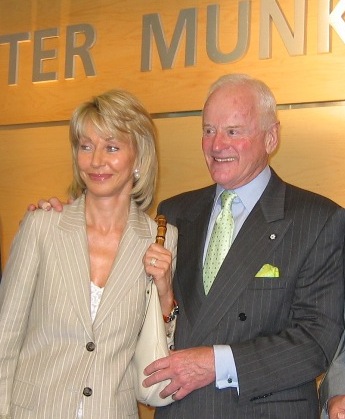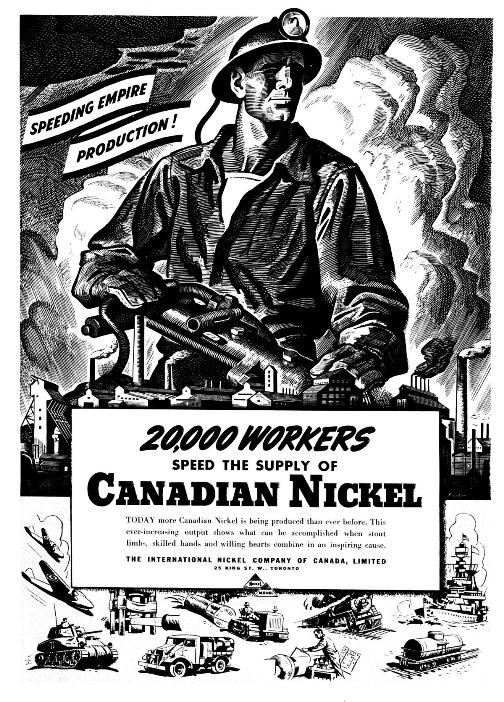https://www.northernontariobusiness.com/
Going green has many benefits, especially when it results in significant cost savings ranging in the millions. Vale will save about $6 million by recycling most of the scrap metal that will be left over once the Copper Cliff iron ore recovery plant is demolished.
The original price tag was just over $8 million, but the contractor who will demolish the facility will take the scrap metal for recycling purposes, cutting the cost down to just over $2 million, said Angie Robson, spokesperson for Vale.
Demolition work began in August 2017 and it will be completed by the end of this year, she said. The plant operated from the mid-1950s until the mid-1980s.




























